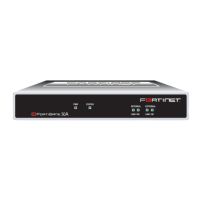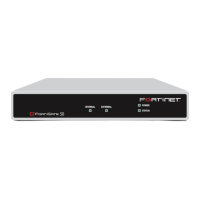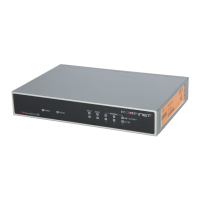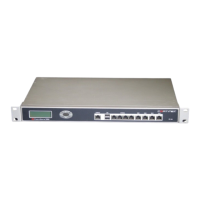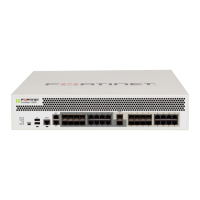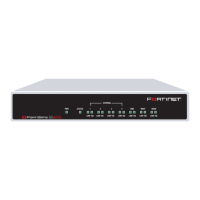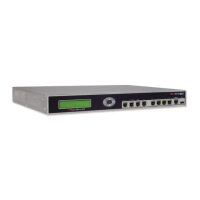Router Static Routing concepts
FortiGate Version 3.0 MR4 Administration Guide
01-30004-0203-20070102 177
Router Static
This section explains some general routing concepts, how to define static routes
and route policies. A route provides the FortiGate unit with the information it
needs to forward a packet to a particular destination on the network. A static route
causes packets to be forwarded to a destination other than the factory configured
default gateway.
The factory configured static default route provides you with a starting point to
configure the default gateway. You must either edit the factory configured static
default route to specify a different default gateway for the FortiGate unit, or delete
the factory configured route and specify your own static default route that points to
the default gateway for the FortiGate unit. See “Default route and default gateway”
on page 181.
You define static routes manually. Static routes control traffic exiting the FortiGate
unit—you can specify through which interface the packet will leave and to which
device the packet should be routed.
As an option, you can define route policies. Route policies specify additional
criteria for examining the properties of incoming packets. Using route policies, you
can configure the FortiGate unit to route packets based on the IP source and/or
destination addresses in packet headers and other criteria such as on which
interface the packet was received and which protocol (service) and/or port is
being used to transport the packet.
The following topics are included in this section:
• Routing concepts
• Static Route
• Policy Route
Routing concepts
Routing is a complex topic. Because the FortiGate unit works as a security device
on a network and packets must pass through the FortiGate unit, you need to
understand a number of basic routing concepts in order to configure the FortiGate
unit appropriately.
Whether you administer a small or large network, this module will help you
understand how the FortiGate unit performs routing functions.
The following topics are covered in this section:
• How the routing table is built
• How routing decisions are made
• Multipath routing and determining the best routeHow route sequence affects
route priority
• How route sequence affects route priority
• Equal Cost Multipath (ECMP) Routes
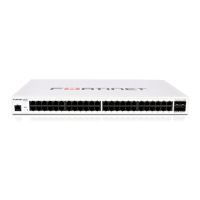
